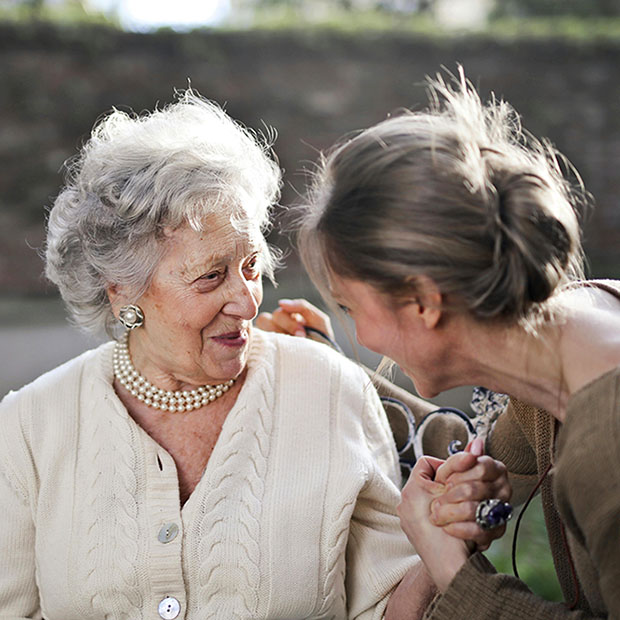Stopping Macular Degeneration

Age-related macular degeneration (AMD) is a leading cause of permanent vision loss for people over fifty. This a great time for education, awareness, and a reminder to get your eyes checked annually.
AMD is a common condition that affects the middle part of your vision. It usually first affects people in their 50s and 60s. It does not cause total blindness, but it can make everyday activities such as reading and recognizing faces difficult. It’s the slow loss of central vision occurs due to the deterioration of the macula, the part of the retina with the highest concentration of photoreceptor cells, and the part that gives us our detailed central vision. Beyond a certain point, AMD can make it difficult or impossible to perform close-up tasks. It would also be incredibly unsafe to drive.
Symptoms and Their Gradual Onset
AMD doesn’t come with a clear warning sign like pain. The early stages may not have any symptoms noticeable by the patient, making it easy to remain undetected until the advanced stages. This is a particular risk for patients who never see an eye doctor unless they need a glasses prescription update. As AMD begins to cause vision loss, things can look warped or dull, and dark, blurry patches can develop in the central vision.
Dry vs Wet AMD
9 out of 10 cases of AMD are dry AMD, which happens when the tissues of the macula thin over time while drusen (a fatty substance) builds up within it. This is a less serious form of AMD, but it can eventually progress into wet AMD. Wet AMD has something in common with diabetic retinopathy: the body attempts to repair the retina by growing new blood vessels to strengthen the blood supply, but these new blood vessels are unstable and prone to leaking. They leave the macula scarred and contribute to vision loss. This form of AMD progresses faster than dry AMD.
Identifying Risk Factors
Age is the biggest risk factor for developing AMD. Like race and genetics, age is not a modifiable risk factor. Whites are most at risk of developing AMD and a family history is problematic.
Smoking is the most risky behavior for macular degeneration. Second to that is intense light (ie sun exposure). The third is diet.
Stopping AMD
While there is no cure for AMD, you can slow its progress and preserve your eyesight. Follow these steps:
- Wear Transitions lenses in your everyday glasses
- Wear polarized sunglasses outdoors. You have more blue light exposure pumping gas than sitting at work all day.
- Take a high-quality meso-zeaxanthin supplement like Macuhealth
- Take a high-quality omega-3 derived from fish (not fish oil) such as Oasis Omega-3 or Nordic Naturals Pro-Omega
- Otherwise, eat a diet similar to the "Mediterranean Diet"
A healthy lifestyle is incredibly important. Getting the right nutrition by eating things like carrots, leafy greens, eggs, and fish, gives our eyes the building blocks they need to stay healthy, and staying active and avoiding harmful habits like smoking also help.
Early Detection through Regular Eye Exams
We screen every patient for macular degeneration. We also offer risk analysis based on your retinal pigment (carotenoid) levels.
We are your most important ally. If it's been more than a year, you should stop here for an exam.
